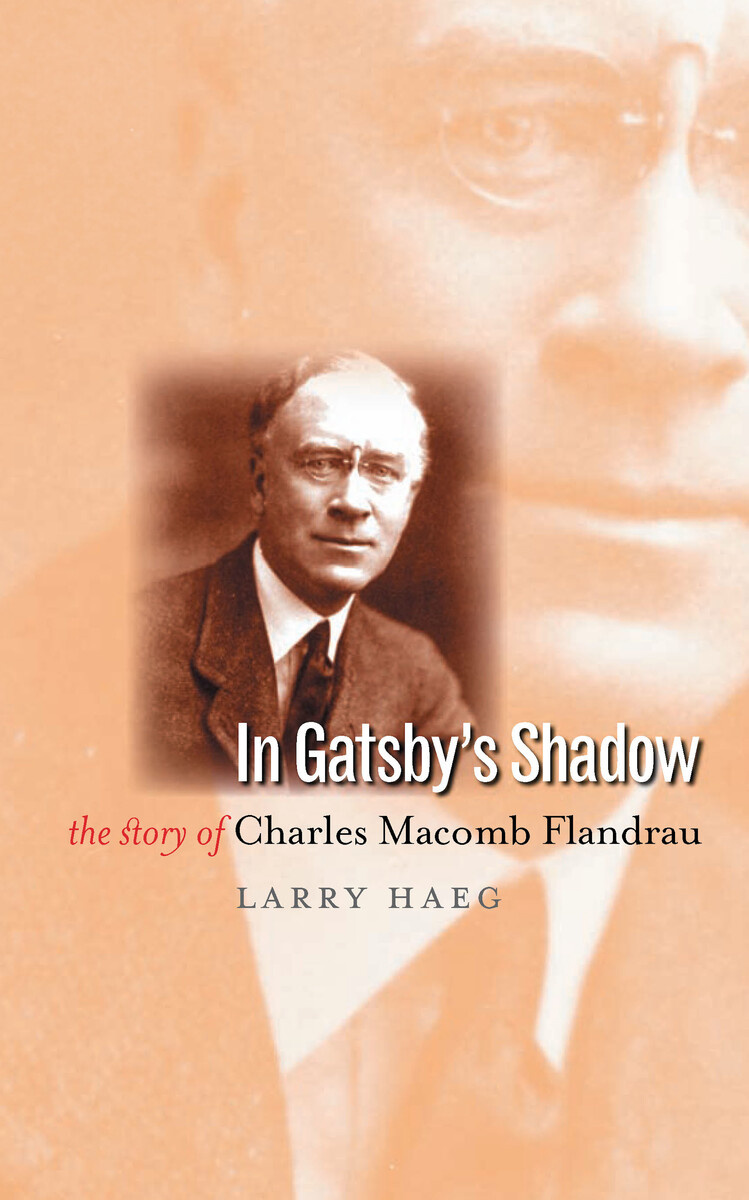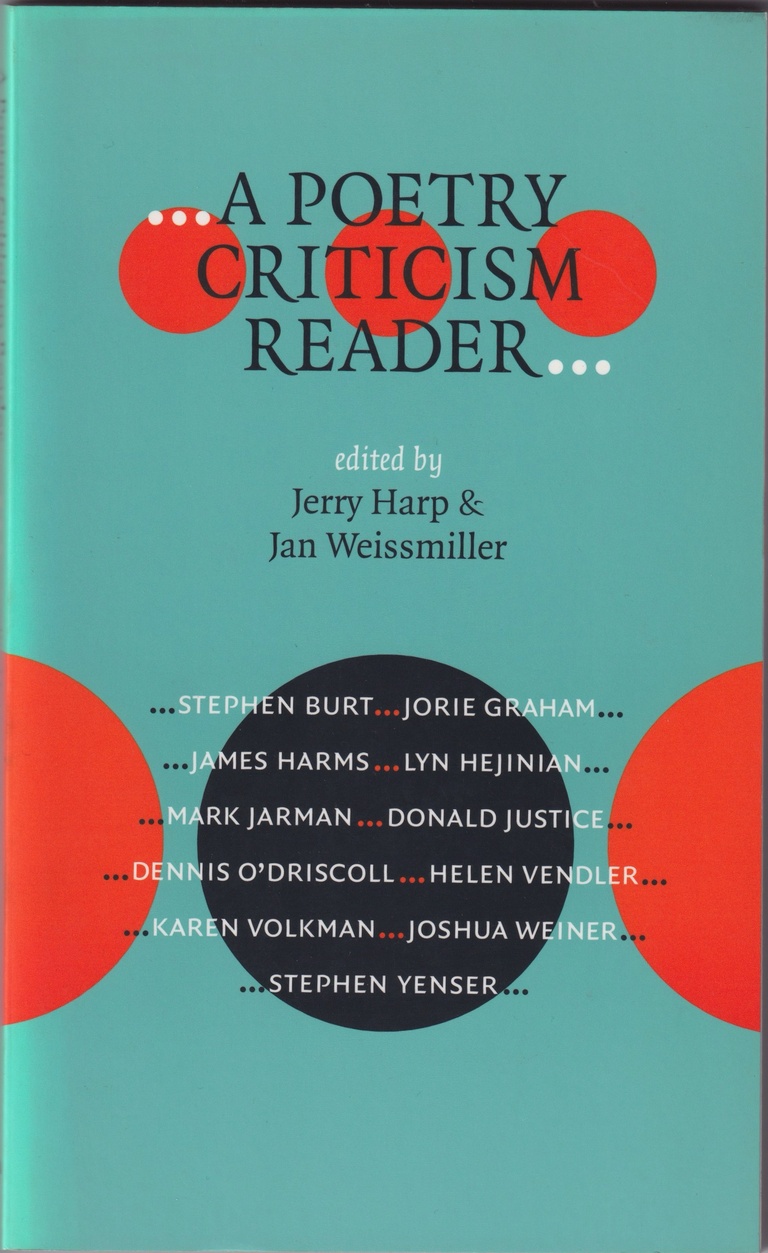Members of the Lost Generation, American writers and artists who lived in Paris during the 1920s, continue to occupy an important place in our literary history. Rebelling against increased commercialism and the ebb of cosmopolitan society in early twentieth-century America, they rejected the culture of what Ernest Hemingway called a place of “broad lawns and narrow minds.”
Much of what we know about these iconic literary figures comes from their own published letters and essays, revealing how adroitly they developed their own reputations by controlling the reception of their work. Surprisingly the literary world has paid less attention to their autobiographies.
In Writing the Lost Generation, Craig Monk unlocks a series of neglected texts while reinvigorating our reading of more familiar ones. Well-known autobiographies by Malcolm Cowley, Ernest Hemingway, and Gertrude Stein are joined here by works from a variety of lesser-known—but still important—expatriate American writers, including Sylvia Beach, Alfred Kreymborg, Samuel Putnam, and Harold Stearns. By bringing together the self-reflective works of the Lost Generation and probing the ways the writers portrayed themselves, Monk provides an exciting and comprehensive overview of modernist expatriates from the United States.
“This is an important examination of an underappreciated part of American modernism that will appeal to scholars and students of the subject as well as general readers interested in the glamour of the Lost Generation.”—Bill Savage, Northwestern University
“Craig Monk’s readings of individual works are astute, and his efforts to place them in context are impressive. So, too, is the comprehensiveness of autobiographical work that he has gathered. Any audience interested in expats of the twenties and their lives in Paris should gobble this up.”—John Hazlett, University of New Orleans
Acknowledgments
Preface
Introduction: The Lost Generation and the Critical Function of Autobiography
1.Beyond the Sermonic Tradition
2.Self-Aggrandizement and Expatriate Reputation
3. Searching for a Representative Expatriate
4. Place as a Strategy of Attachment
5.Patterns of Women’s Stories
6. Revision and Textual Authority
7.The Afterlife of Expatriate American Autobiography
Notes
Bibliography
Index


